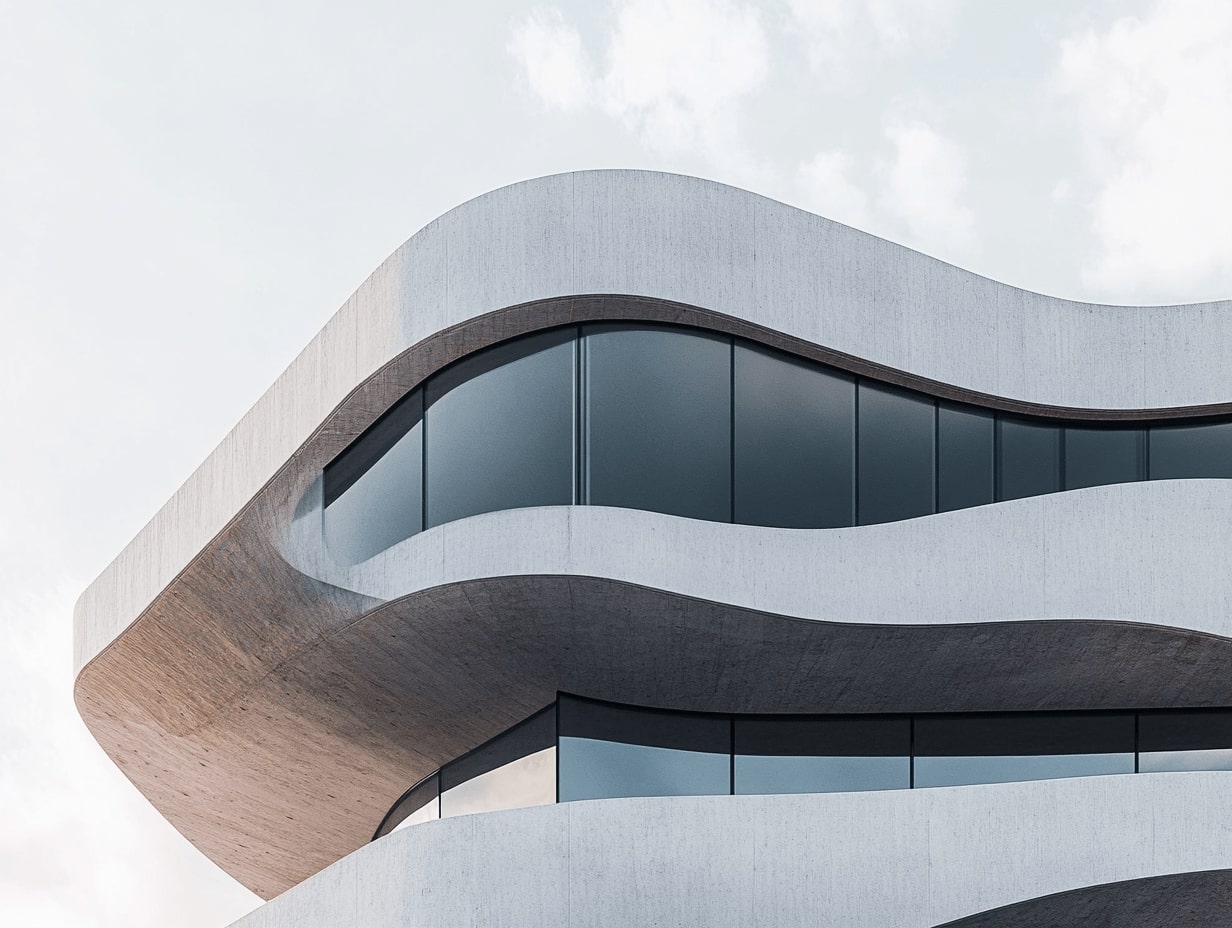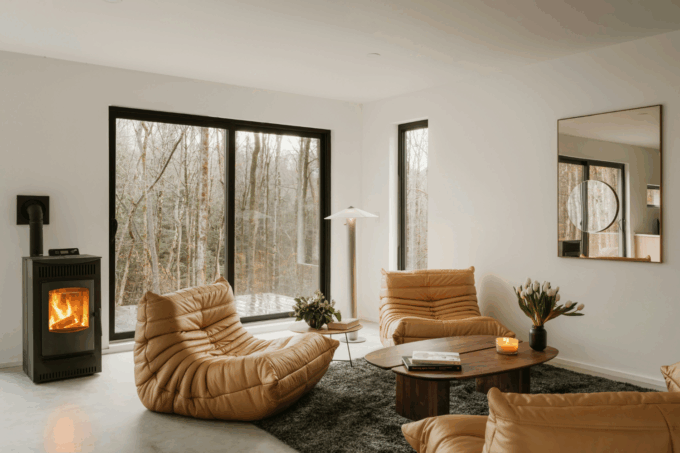- Home
- Articles
- Architectural Portfolio
- Architectral Presentation
- Inspirational Stories
- Architecture News
- Visualization
- BIM Industry
- Facade Design
- Parametric Design
- Career
- Landscape Architecture
- Construction
- Artificial Intelligence
- Sketching
- Design Softwares
- Diagrams
- Writing
- Architectural Tips
- Sustainability
- Courses
- Concept
- Technology
- History & Heritage
- Future of Architecture
- Guides & How-To
- Art & Culture
- Projects
- Interior Design
- Competitions
- Jobs
- Store
- Tools
- More
- Home
- Articles
- Architectural Portfolio
- Architectral Presentation
- Inspirational Stories
- Architecture News
- Visualization
- BIM Industry
- Facade Design
- Parametric Design
- Career
- Landscape Architecture
- Construction
- Artificial Intelligence
- Sketching
- Design Softwares
- Diagrams
- Writing
- Architectural Tips
- Sustainability
- Courses
- Concept
- Technology
- History & Heritage
- Future of Architecture
- Guides & How-To
- Art & Culture
- Projects
- Interior Design
- Competitions
- Jobs
- Store
- Tools
- More
Top Tips for Captivating Architectural Photography: Transform Structures into Visual Stories
Discover expert tips to elevate your architectural photography skills! Learn how to master composition, lighting, and equipment to capture stunning interior and exterior shots. Uncover creative techniques, post-processing secrets, and ways to highlight unique details, turning buildings into compelling visual stories.

Capturing the essence of architecture through photography is both an art and a skill. It’s not just about pointing the camera and camera settings at a building; it’s about telling a story, showcasing design, and highlighting the interplay of light, texture, and form. Whether it’s a towering skyscraper or a quaint historic structure, every piece of architecture has its own personality waiting to be revealed.
As photographers, we’re constantly looking for ways to elevate our shots and make them stand out. Architectural photography challenges us to think creatively, embrace unique angles, and pay attention to details that others might overlook. With the right techniques, we can transform ordinary structures into extraordinary works of art.
Table of Contents
ToggleUnderstanding The Basics Of Architectural Photography
Developing a solid understanding of the basics is essential for creating compelling architectural photographs. Our focus includes composition, lighting, and equipment, which form the foundation of this art form.

Importance Of Composition
Composition determines how architectural elements interact within a frame. We align lines, shapes, and proportions to create balanced and visually engaging images. Symmetry and leading lines (e.g., staircases or hallways) can guide viewers’ eyes through the photograph. Including context, such as surrounding landscapes, enhances storytelling and emphasizes scale.
Role Of Lighting And Shadows
Lighting shapes how architectural textures and forms appear in photographs. We prefer shooting during golden hours, as softer light reduces harsh contrasts and adds warmth to structures. Shadows highlight depth and details, especially in intricate facades. Interior shots benefit from natural light through windows, minimizing the need for artificial sources.
Choosing The Right Equipment
Proper equipment supports architectural photography’s technical demands. We use wide-angle lenses to capture buildings broad perspectives and tilt-shift lenses to avoid distortion in tall structures. Sturdy tripods ensure stability for long-exposure shots, particularly in low-light conditions. Accessories like polarizing filters reduce reflections on glass and enhance vibrancy.

Tips For Shooting Exteriors
Exterior architectural photography requires a keen eye for detail and an understanding of how light and composition influence the final image. Focusing on these elements helps us highlight a building’s design and contextual nuances.
Working With Natural Light
Natural light defines the mood and emphasizes textures and forms in exterior shots. Choosing golden hours, shortly after sunrise or before sunset, creates soft lighting that adds warmth and depth while minimizing harsh shadows. Cloudy days provide diffuse light, ideal for highlighting details without overexposing. Timing shots based on the building’s orientation enhances key features; for example, east-facing facades work best in the morning.
Capturing Symmetry And Patterns
Symmetry and patterns are key to engaging exterior compositions. Framing symmetrical aspects, such as columns or windows, creates balance and draws focus. Identifying repetitive patterns, like brickwork or roof tiles, highlights the building’s design ingenuity. Aligning the camera parallel to these focal points avoids distortion and maintains visual harmony.
Tips For Shooting Interiors
Interior photography requires careful attention to light, details, and composition to effectively convey the character of a space. Thoughtful planning and strategic techniques ensure balanced and compelling images.
Utilizing Available Light Sources
Maximizing natural light enhances interior photography. Opening curtains or blinds allows daylight to fill the space evenly, creating a more inviting atmosphere. If natural light is limited, diffuse artificial lighting to minimize harsh shadows and retain a natural look. When mixing light sources, adjust white balance to avoid color inconsistencies, ensuring accurate color representation.
Highlighting Architectural Details
Focusing on unique design elements enriches interior shots. Highlight distinctive features such as vaulted ceilings, intricate moldings, or custom-built furniture by finding angles that emphasize depth and scale. Using a wide-angle lens captures more of the space while maintaining context. Position the camera at a height that aligns with the room’s key focal points, enhancing clarity and perspective.

Enhancing Your Work Through Post-Processing
Post-processing is essential in architectural photography for refining images and ensuring they represent the structure’s essence. By making thoughtful adjustments, we can amplify visual impact and maintain realistic portrayals.
Adjusting Perspectives And Distortions
Correcting perspectives ensures buildings appear proportional and true to their design. Architectural lines often tilt when using wide-angle lenses, so we use tools like vertical adjustment sliders in editing software to realign them. Removing lens distortions, such as barrel or pincushion effects, helps maintain clean lines and accurate geometry. For example, Lightroom and Photoshop allow fine-tuning using lens correction profiles for various camera models.
Enhancing Colors And Details
Enhancing colors and details can bring architectural images to life. Saturation and vibrance adjustments boost color intensity while keeping hues natural. Sharpening tools help accentuate textures like brickwork or glass reflections without oversharpening. Using selective editing, we can highlight unique features like stained glass or intricate carvings by locally increasing clarity and contrast. For balanced tones, color grading preserves architectural integrity, particularly when correcting uneven lighting conditions.

Creative Approaches To Architectural Photography
Capturing architecture creatively involves exploring unconventional methods to produce visually engaging and unique imagery. By experimenting with perspectives and adding dynamic elements, we can breathe life into architectural photography.
Experimenting With Angles And Perspectives
Exploring diverse angles transforms how a structure is perceived. Shooting from low angles can make buildings appear more imposing, while high vantage points reveal striking patterns or layouts. Tilting the camera slightly introduces a dramatic effect but requires careful alignment in post-processing to avoid unintended distortion. Wide-angle shots emphasize scale and spatial relationships, especially when capturing cityscapes or expansive interiors.
Seeking reflections in water, glass, or polished surfaces adds layers of complexity to compositions. For instance, capturing mirrored skyscrapers or symmetries in puddle reflections enhances visual intrigue. Framing architecture through natural or man-made elements like archways or trees introduces depth and directs focus toward the subject.
Incorporating Human Elements Into Shots
Including people in architectural photography creates a sense of scale and interaction with the environment. A lone pedestrian beside a towering building conveys vastness, while a bustling crowd emphasizes the structure’s integration into daily life. Timing is essential; capturing dynamic activity like someone ascending a staircase or interacting with an entrance adds narrative to the composition.
Positioning individuals to complement a structure’s geometric features further enhances the visual balance. For example, aligning a person along a leading line or symmetrical pattern in an image creates harmony. Shooting silhouettes during sunrise or sunset ties human elements to the interplay of light and shadow, drawing attention to both the building and its surroundings.
Conclusion
Captivating architectural photography requires a balance of technical skill, creative vision, and attention to detail. We focus on composition, lighting, and the use of appropriate equipment to create images that resonate. Exploring unique angles, emphasizing natural light, and highlighting symmetry transforms ordinary structures into compelling visual stories.
Our emphasis on indoor and outdoor photography techniques ensures we effectively convey spatial character and architectural integrity. Post-processing enhances these efforts, refining details, correcting distortions, and enriching colors to align with the artistic intent.
By integrating creative approaches, like experimenting with angles, reflections, and human elements, we add depth and narrative to our compositions. These strategies together elevate architectural photography, capturing the essence of each structure with precision and artistry.
- architectural exterior photography
- architectural photography equipment
- architectural photography for beginners
- architectural photography settings
- architecture beginner photography guide
- architecture photography composition
- architecture photography techniques
- basic architectural photography
- beginner architecture photography tips
- best camera for architectural photography
- building photography for beginners
- essential architectural photography tips
- how to photograph architecture
- interior architectural photography guide
Submit your architectural projects
Follow these steps for submission your project. Submission FormLatest Posts
How to Restore Old Photos of Historical Buildings with AI Tools
Introduction To restore old photos is essential since these contain invaluable memories,...
From Las Vegas to Rome: A Visual Journey by Iwan Baan at Princeton University
The Princeton University School of Architecture presents “From Las Vegas to Rome”...
Unlocking the Art of Architectural Photography: Techniques, Tips, and Equipment Guide
Explore the captivating world of architectural photography in our latest article. Discover...
Essential Tips and Techniques for Stunning Architectural Model Photography
Discover the art of architectural model photography, where precision meets creativity. Learn...












Leave a comment